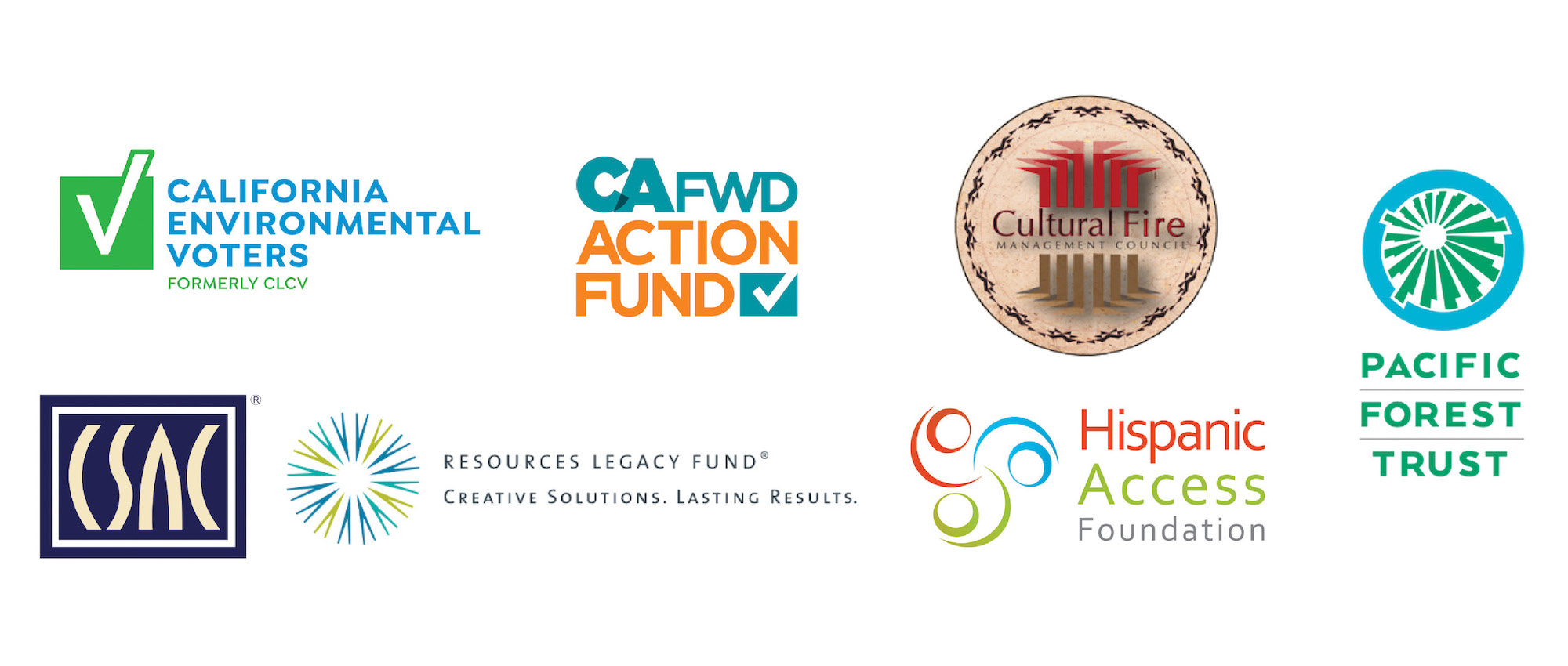
State Budget Recommendation Letter: Wildfire Resilience Programs
On July 20, PFT and several other organizations submitted a letter to Governor Newsom and the Legislative Leaders of California to provide recommendations on the state budget funding for wildfire resilience programs. Read the full letter below or download a pdf version here.
Date: July 20, 2022
To: Governor Gavin Newsom
The Honorable Toni Atkins, Senate Leader Pro Tempore
The Honorable Nancy Skinner, Chair, Senate Budget Committee
The Honorable Anthony Rendon, Speaker of the Assembly
The Honorable Phil Ting, Chair, Assembly Budget Committee
Re: Budget funding for wildfire resilience programs
Dear Governor Newsom and Legislative Leaders:
As you finalize the details of the 2022-23 budget, our coalition urges you to be bold in funding wildfire resilience programs. We recommend a $5 billion commitment spread across five years, and while much of that request appears in the budget framework you approved earlier in June, we want to draw attention to ensure some of the smaller pending items—which are affordable and effective in protecting people, property and the landscape—are included.
1. $50 million for prescribed and cultural fire training centers
We know that cultural and prescribed burning is an excellent way to create a more resilient landscape and reduce the threat of megafires. By providing $50 million for such training centers—including $15 million for the Klamath Fire Center—we can draw on the expertise of tribes and develop more practitioners and deeper expertise at CAL FIRE and the private sector.
2. $20 million for prescribed fire liability protection
We know that prescribed burning is an effective way to reduce the size of megafires and yet many property owners or organizations are reluctant to use them because of the risk of such burns getting out of control. Dedicating $20 million to the state’s new prescribed fire claims fund would allow more of these projects to simultaneously rely on that program.
3. $215 million to conserve forests which were thinned to reduce wildfire
While the state has invested hundreds of millions of dollars to thin unnaturally dense forests and reduce the threat of severe wildfires, we also need to conserve those and other well-managed forests so they aren’t later logged in a way that leaves them susceptible to catastrophic wildfires. Providing $215 million for the conservation and improved management of forests will achieve such ideal conditions.
4. Investments to address extreme heat can also reduce harm from wildfire smoke
As the wildfire season lasts longer and covers a much larger territory, it puts millions of people at risk—not just from flames but also toxic smoke drifting hundreds of miles. Too many people are unaware of dangerous air conditions during wildfires because they did not receive warnings or they weren’t available in multiple languages. California’s 400,000 outdoor workers are some of the most vulnerable people during wildfires, and the state should be investing more to protect them from the hazards of heat and smoke.
Many of the actions proposed to address extreme heat could also be designed to reduce the health impacts of wildfire smoke. We support the investments proposed for the Departments of Industrial Relations, Social Services, and Public Health to protect outdoor workers through improved outreach, education, and enforcement of rules. Where relevant, programs to manage heat impact should be structured to also address wildfire smoke.
5. $100 million for tribal-led initiatives to advance climate and conservation goals
Tribes in California have outstanding land management expertise, and a $100 million commitment—as proposed by the Newsom administration—would bolster state and local partnerships for research, development, workforce training, technical support, and tribal nature-based climate conservation programs.
6. $50 million to support capacity of wildfire partners
Each year, the state relies on tribes, non-profit and community-based organizations, resource conservation districts and land trusts to implement the many wildfire resilience programs provided in the budget. With the dramatically increased program funding, these key partners need more capacity to help develop and deliver good projects. The Administration has proposed $20 million to the Department of Conservation for this purpose—we urge an increase to $50 million over three years.
The budget surplus this year provides an excellent opportunity to increase good fire, protect people and property, and mitigate the effects of fire and smoke. We urge you to be bold in capitalizing on this situation and are available to answer any questions you may have about implementing these programs.
Sincerely,
Catherine Freeman
Legislative Representative
California State Association of CountiesMicah Weinberg
Director
CA Forward Action FundBrenda Ileana Gallegos
Conservation Program Associate
Hispanic Access FoundationElise Fandrich
Legislative Affairs Associate
California Environmental Voters &
California Environmental Voters Education FundPaul Mason
Vice President, Policy & Incentives
Pacific Forest TrustMargo Robbins
Executive Director
Cultural Fire Management CouncilLaura Tam
Program Officer
Resources Legacy Fund
